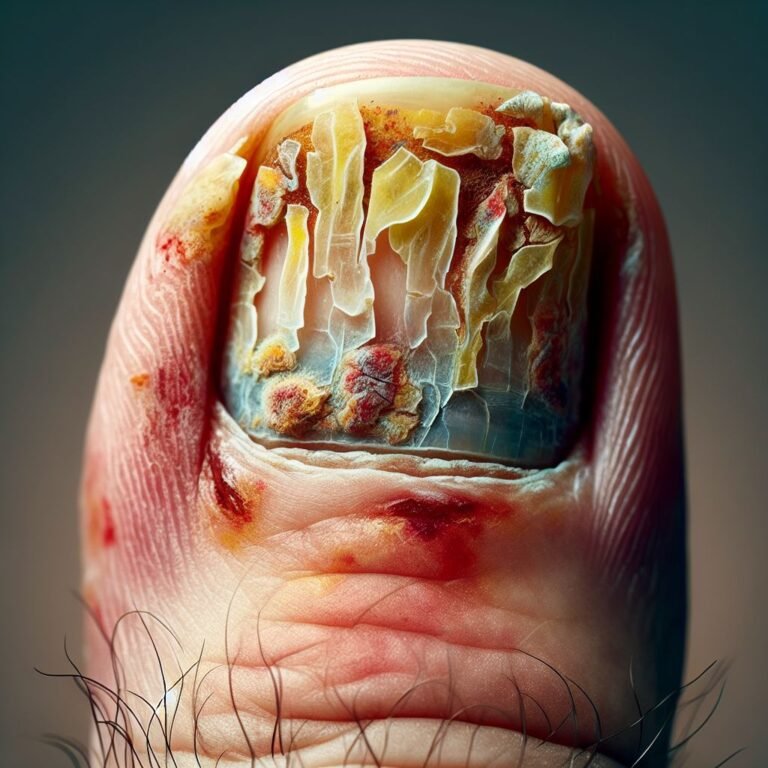[ad_1]
Physical therapy plays an essential role in building a stronger future for patients who have undergone surgeries, injuries, or illnesses. The primary goal of physical therapy is to help patients achieve their maximum physical potential and restore function so that they can resume their daily activities.
Physical therapy is a non-invasive treatment method that focuses on using various exercises, stretches, and other modalities to improve patients’ physical abilities. It is based on evidence-based practice, where therapists use their knowledge, skills, and expertise to formulate personalized treatment plans that cater to the specific needs of each patient.
Rehabilitation and recovery through physical therapy may take several weeks, months, or even years, depending on the severity of the injury or illness. In some cases, it may also require multiple sessions per week with a therapist or involve home-based exercises and interventions.
The initial stage of physical therapy is usually focused on pain management and reducing inflammation. Once the pain is under control, the therapist will help patients regain their strength, flexibility, and range of motion. They’ll work with them to develop a new routine that will help them build the skills necessary to return to their regular activities.
Rehabilitation and recovery are typically conducted in a series of phases. The first phase is an acute phase, which typically lasts one week to several months, depending on the severity of the injury or illness. This phase is characterized by the delivery of immediate care, pain control, and prevention of further complications.
The second phase is the sub-acute phase, which typically lasts several months, depending on the individual needs of each patient. During this phase, the therapist continues the rehabilitation process by working on the patient’s range of motion and increasing their strength, as well as teaching them new exercises and techniques to support their recovery.
The final phase of rehabilitation and recovery is the chronic phase, which focuses on achieving long-term recovery goals. Patients in this phase require continued care to ensure that they maintain their progress and do not experience any further setbacks.
Overall, physical therapy plays an essential role in helping patients recover from injuries and illnesses. With the right rehabilitation and recovery program conducted through physical therapy, patients can efficiently restore their physical abilities and regain their autonomy. While the recovery process may be slow, it is critical that patients remain committed and focused on their rehabilitation program to achieve their long-term goals. With the dedication and support of their physical therapist, they can build a stronger future that helps them reach their full potential.
[ad_2]







